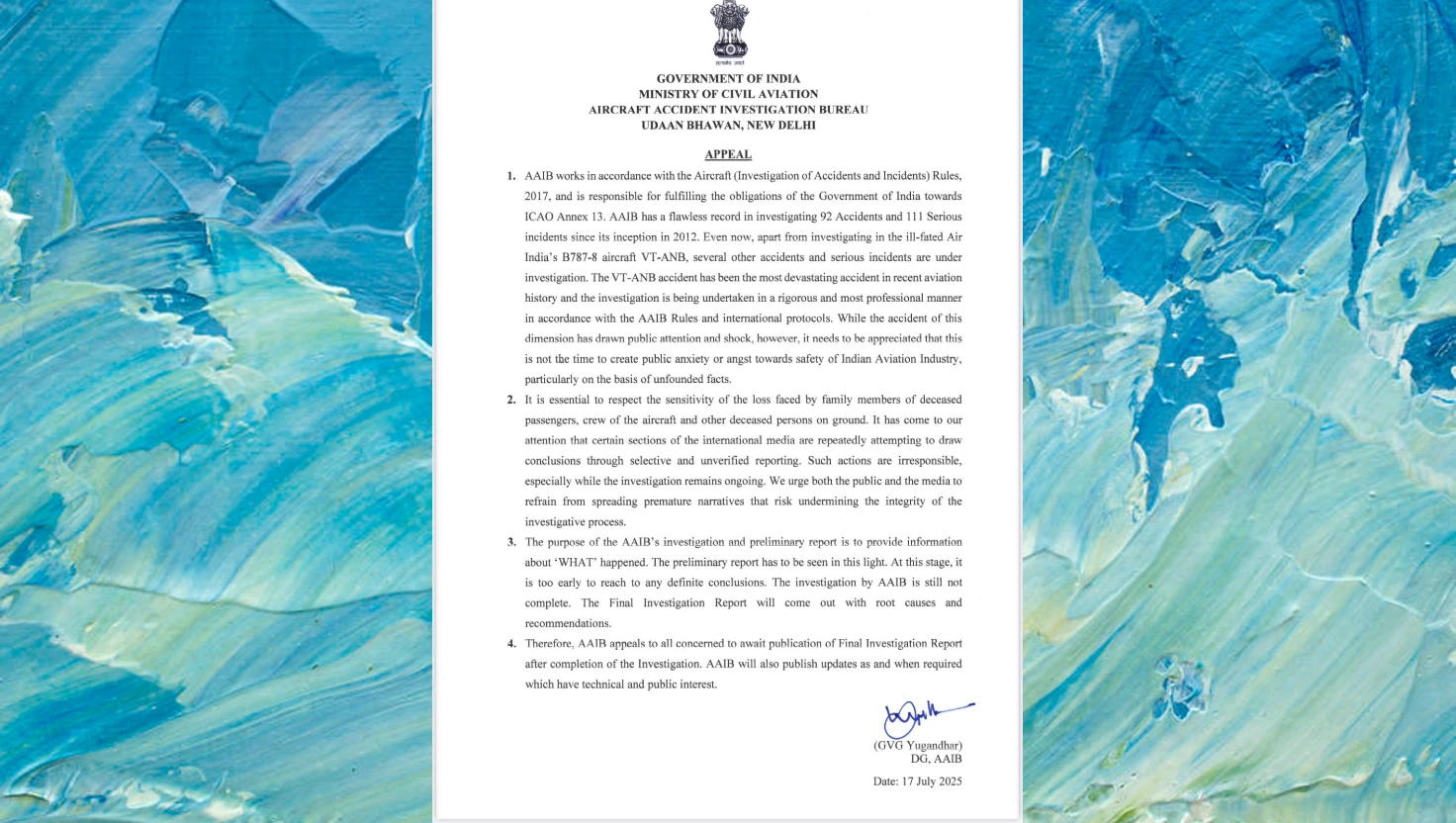India to Surpass China in Oil Demand Growth by 2030, Says Moody’s

Representative Image
India is set to overtake China in oil demand growth over the next decade, driven by rapid industrialisation and rising fuel consumption, according to Moody’s Ratings.
India to Lead Global Oil Demand Growth Amid China’s Energy Transition
India is expected to become the world’s primary driver of oil demand growth over the next decade, overtaking China, according to a new report from Moody’s Ratings. The shift reflects a broader rebalancing in global energy markets, spurred by India’s industrial expansion and China’s move toward cleaner energy sources.
India's Rising Oil Demand
Moody’s forecasts annual oil demand growth in India of between 3% and 5% over the next three to five years. This growth is expected to continue into the next decade, fuelled by increased transportation needs, infrastructure development, and expanding industrial activity.
In contrast, China’s oil demand is predicted to peak within the same period. Moody’s attributes this to slowing economic growth and a significant rise in the adoption of new energy vehicles, which reduce reliance on petroleum products.
India and China are the world’s third- and second-largest oil consumers, respectively. However, while China dominated global oil demand growth over the past decade, India is now positioned to take that role as it becomes a key player in shaping energy trends globally.
Import Reliance to Deepen
The report highlights contrasting trajectories in energy self-sufficiency between the two nations. China’s reliance on oil imports is expected to decline due to slower demand growth and increased domestic production. In comparison, India’s dependence on imports could grow further if domestic crude production continues to decline.
Currently, India imports nearly 90% of its crude oil requirements and around half of its natural gas needs. China’s import share is somewhat lower, with approximately 70% of crude oil and 35% to 40% of gas imported.
“The high level of import dependence has raised significant concerns about energy security in both countries. These concerns are particularly acute for China, given rising geopolitical risks,” Moody’s said.
Investment Trends Diverge
Chinese and Indian national oil companies (NOCs) are also taking markedly different investment approaches. Chinese NOCs are focusing on increasing domestic output through advanced shale and offshore projects, as well as expanding their reserves. This strategy, combined with their larger scale and stronger financial profiles, is expected to maintain their production advantage over their Indian counterparts.
“Chinese NOCs continue to invest heavily in exploration and development to enhance self-sufficiency,” Moody’s stated. “Their investments in the downstream refining and petrochemical sectors will gradually decline over the next 3-5 years as most major projects have been completed.”
In contrast, Indian NOCs are planning significant investments in refining and petrochemical infrastructure to cater to domestic demand. However, Moody’s noted that execution risks remain.
Policy and Fiscal Implications
Government policy is another factor influencing energy sector dynamics. China’s approach is described as more market-oriented, whereas India’s pricing controls have led to more volatile earnings for domestic oil firms.
Moreover, India’s government relies more heavily on revenue from the petroleum sector—including taxes and dividends—to support public finances. This dependence increases the policy sensitivity of the sector, especially during periods of oil price volatility.
On the environmental front, Moody’s observed that Indian NOCs face less immediate pressure to invest in green technologies due to less stringent carbon regulations. By contrast, Chinese firms are under growing pressure to transition to lower-carbon operations in line with national decarbonisation goals.
Natural Gas: A Transition Fuel
Natural gas is emerging as a key transition fuel in India’s energy strategy. The government aims to increase gas’s share in the national energy mix from around 6% today to 15% by 2030. Demand is being driven by the expansion of fertiliser and petrochemical industries, as well as urban consumption of compressed and piped natural gas.
However, challenges such as inadequate pipeline infrastructure and affordability—particularly in comparison to renewable alternatives—could limit faster adoption.
Moody’s projects that natural gas demand in India will grow by 4% to 7% annually through 2030.
Context: Global Energy Shifts
This evolving dynamic reflects broader shifts in the global energy landscape. China’s slowing demand marks a departure from its previous role as the primary engine of oil market growth. This comes amid efforts to cap refining capacity at one billion tonnes and a national push toward cleaner alternatives such as electric vehicles and renewable power.
India’s trajectory, by contrast, is underpinned by robust economic growth forecasts, rising personal mobility, and expanding industrial energy needs. According to the Organisation of the Petroleum Exporting Countries (OPEC), India’s oil consumption is projected to rise from 5.55 million barrels per day in 2024 to nearly 6 million barrels by 2026.
By that time, India’s rate of demand growth is expected to be nearly double that of China.
Conclusion
India’s ascendance as the primary source of oil demand growth represents a significant pivot in global energy trends. While China intensifies its push toward energy efficiency and self-sufficiency, India’s expanding economy and infrastructure-led growth are set to reshape global oil flows and investment strategies in the coming decade.
India’s ascendance as the primary source of oil demand growth represents a significant pivot in global energy trends. While China intensifies its push toward energy efficiency and self-sufficiency, India’s expanding economy and infrastructure-led growth are set to reshape global oil flows and investment strategies in the coming decade.

Reliance Retail acquires Kelvinator, The Coolest One
Reliance Retail has purchased the Kelvinator brand from Electrolux for nearly ₹160 crore, aiming to strengthen its position in India's consumer durables market.
| 2025-07-19

Saiyyara has shattered every myth about launching newcomers. No big names, no big PR
Madhur Bhandarkar praises debut film 'Saiyaara' for its raw talent and storytelling, marking a shift in Bollywood's approach to newcomers.
| 2025-07-19

India slams reports blaming pilots for Air India crash
India's AAIB disputes US media assertions regarding Air India AI 171 crash, highlighting ongoing investigation and sensitivity towards victims' families.
| 2025-07-18

India Secures Four-Wicket Win in ODI Series Opener Against England
India achieves a four-wicket victory over England in the ODI series opener, led by Deepti Sharma's unbeaten 62 runs.
| 2025-07-17

Air India inspection claims no problems found with Boeing 787 fuel control switches
Air India has conducted thorough inspections of its Boeing 787 fuel control switches, reporting no problems following a DGCA directive.
| 2025-07-17




